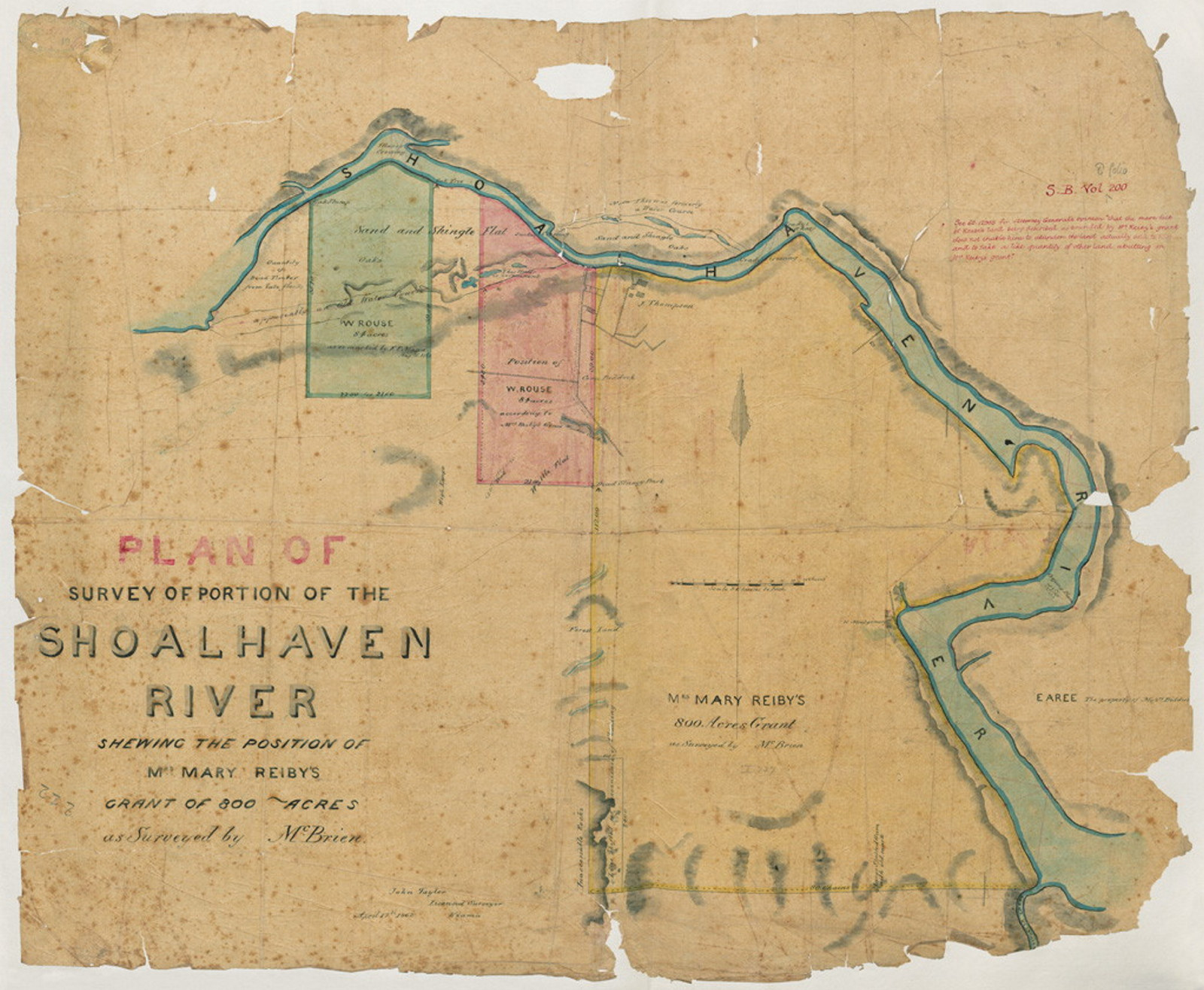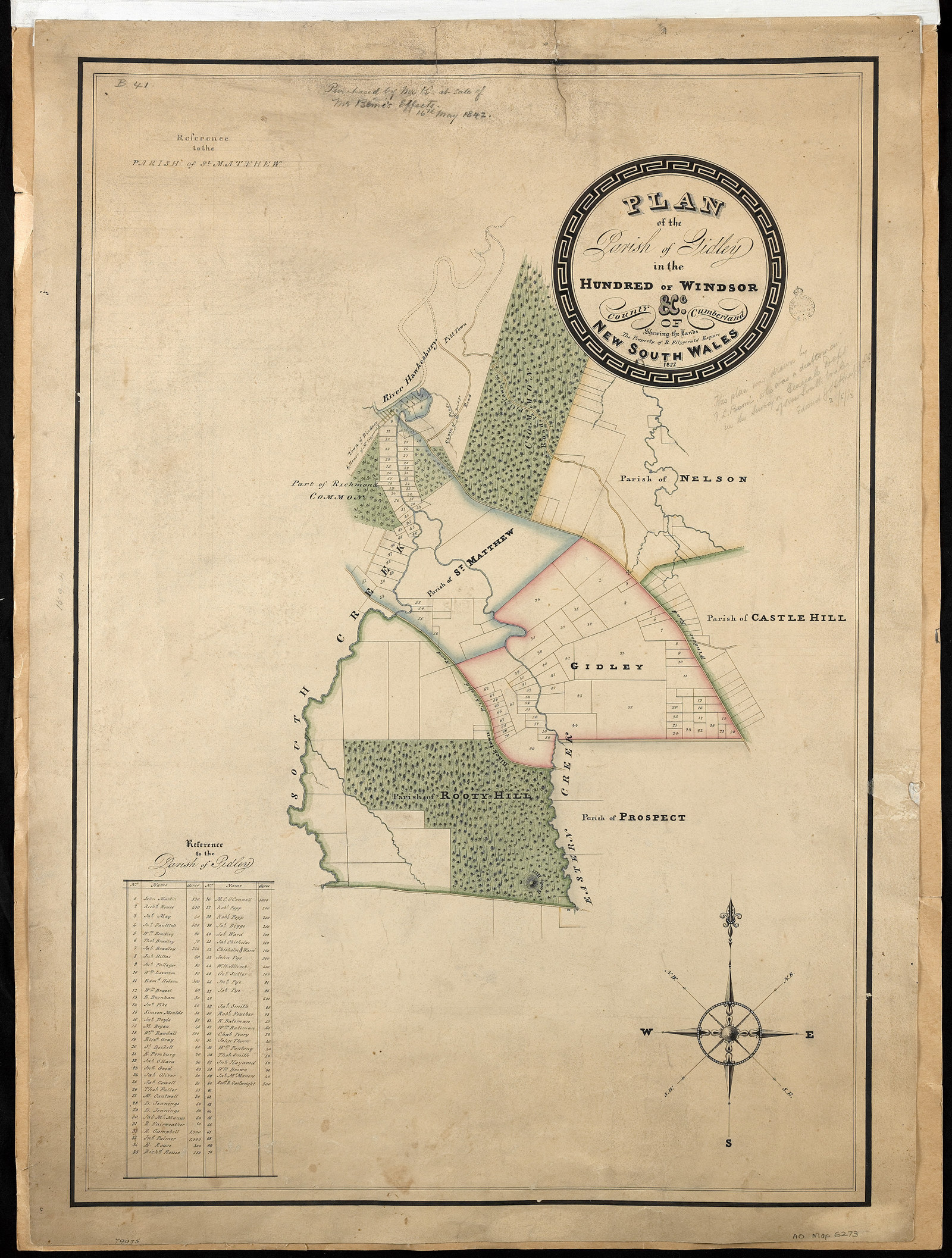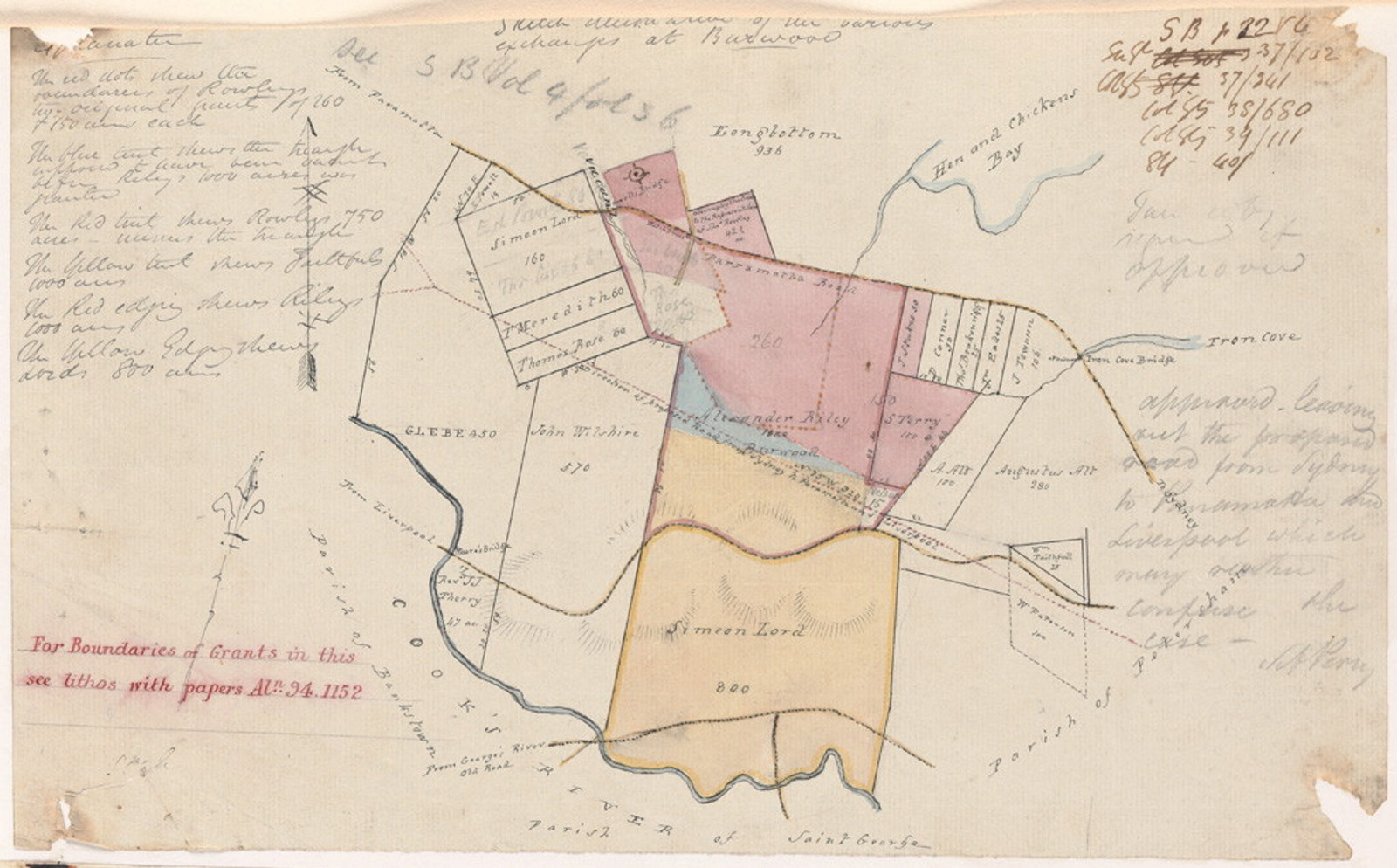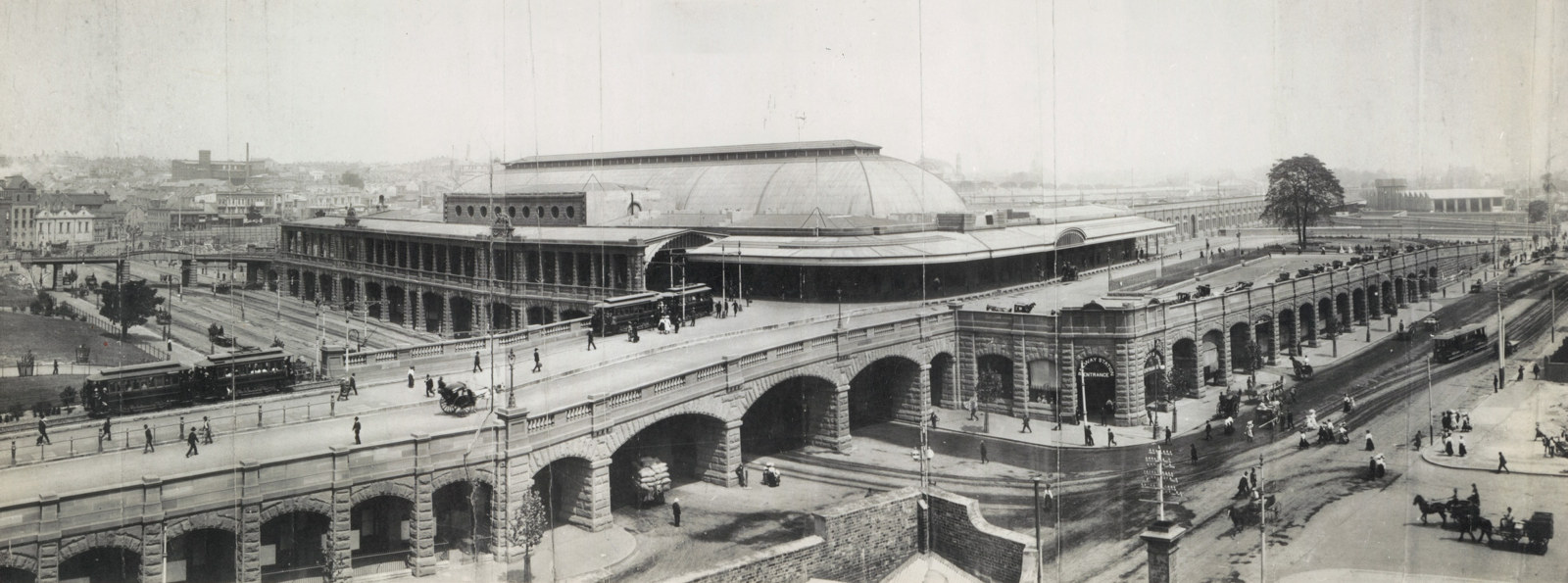Local government research guide
A note about access
State records, including council records are open to public access after 20 years. Individual councils can make access directions to open some records before they are 20 years of age, or to close some records to public access for longer than 20 years. The Register of Access Directions provides details of access directions that have been made by individual councils.
Historical background
The first local councils in New South Wales (NSW) were incorporated in 1842, with 29 District Councils established under the provisions of the Imperial Act of 1842, An Act for the Government of New South Wales and Van Diemen's Land. At the same time Sydney was declared a city. From mid 1843 individual councils, administered by a government-appointed warden, were established in most Police Districts.
Following the establishment of responsible government to NSW in 1856 and under the Municipalities Act, 1858local councils gained wide responsibilities. They included the provision of roads, bridges, ferries, wharves, cemeteries, water supply, sewerage, public hospitals, gardens and libraries. Revenue was to be obtained via rates and tolls and supplemented by loans. Voting rights were limited to ratepayers.
The Municipalities Act, 1867 provided for the subdivision of municipalities into boroughs and districts, each with designated area and population qualifications. The Municipalities Act consolidated all previous Acts and Amending Acts without altering their main features.
With the Local Government (Shires) Act, 1905 and Local Government Extension Act, 1906 local government finally gained a compulsory, state-wide system of incorporation. By 1908, 134 shires were created, joining the 190 previously incorporated municipalities. [1] Local authorities gained delegation of extensive powers in relation to works and services of a local character, as well as a greater measure of financial independence. The Local Government Act, 1919 considerably extended these powers and functions again. Minor legislative changes to the Act throughout the twentieth century have resulted in the last major review, being that of the Local Government Act, 1993. Local government entities now include shires, municipalities and cities, with powers of shires and municipalities identical. [2]
Types of records
The following are some examples of typical record series created by local government.
Council Minute Books
These detail the administrative decision making of the council. They can include names of council members; reports by council officers; provide evidence of the activities of the council and its community; detail the progress of public programs, for example immunisation and other health programs; and include discussion relating to significant local events, for example festivals, memorials.
Rate and Valuation records
These can provide a range of informative detail including the location of buildings and other townscape features; the names of owners and occupiers of dwellings and businesses; historical evidence of former land use practices; and property valuations.
Letters and Correspondence Books
Correspondence books list receipts of mail, thus documenting the everyday business and activities of the council. Where actual letters have survived, these can provide detailed evidence of personal and organisational interests of the council and its constituency as well as interaction with other councils and outside agencies.
Cash and Revenue Books, Financial statements
Financial details of the council provide evidence of the community's priorities and interests.
Officers' Reports
These are documented reports in relation to specific activities or interests of the council. They can provide background and detail on council functions, activities of council workers, and the methods they employ to conduct their duties.
Registers of Licenses, Buildings, Equipment, Burials/Interments etc
Council Registers can be kept for an enormous variety of purposes. From simple to quite detailed, itemised lists provide specific evidence of council functions. They can itemise stores and equipment, list people and organisations hiring council-provided venues, also provide evidence of licensing for the conduct of particular types of businesses or trades.
Maps and plans
These provide graphic representation of planning and achievement within a community eg town planning, water storage, sewerage, location of public amenities such as parks, pools etc. Design specifications for property developments can aid in the location of buildings and/or properties.
Development Applications (DAs) and Building Applications (BAs)
DAs and BAs provide the most basic evidence of property development within an area. In varying degrees of detail, these documents generally contain written design specifications as well as maps and plans relating to proposed property developments, including building demolitions.
Records held by councils
The majority of council records still reside with the creating or successor council. Researchers will need to contact the council concerned to seek access to records.
City of Sydney Archives
The City of Sydney Archives holds the historical records of the City of Sydney dating back to 1842. Information about the archives created by the City of Sydney Council, municipal councils absorbed by the City, and Sydney Festival Ltd is available online at the City of Sydney Archives.
Records held by us
Below is a list of councils for which we hold some material. Check with staff before visiting as some records may be held at Regional Archives Centres.
Amaroo | Cowra | Picton |
|---|---|---|
Annandale | Darlington | Sutherland |
Ballina | Dubbo | Talbragar |
Balmain | Gladstone: see Wrightville | Tamworth |
Bathurst | Grafton | Tumut |
Blacktown | Hill End | Uralla |
Boree | Holroyd | Wollondilly |
Bourke | Hurstville | Wrightville |
Broken Hil | Leichhardt | Yass |
Canoblas | Molong | |
Colo | Murrumburrah |
Related records
Colonial/Chief Secretary
Petitions and Counter Petitions from local residents for incorporation under the 1858 and 1867 legislation are listed in the Colonial Secretary's Special Bundles. The main series of letters received by the Colonial Secretary in the period up to 1906 should also be consulted.
District Councils
See the catalogue for a complete listing of the records of the Berrima, Sydney and Windsor District Councils.
Department of Local Government
See the catalogue under Agency No. 1108 (Department of Local Government) and its predecessors and successors for a comprehensive listing of records.
Valuer General
See the catalogue under Agency No. 987 (Valuer-General's Department) for a comprehensive listing of records.
Key series
NRS-14466 Valuation Cards, 1916-1927
- [13/7443-934]
These cards provide information on the valuation of properties in the Sydney, Newcastle and Wollongong urban areas and many other urban areas throughout the State.
Canterbury
- [13/7563-7549] Fiche 2355-2475
- [13/7550-7557] Fiche 2505-2577
NRS-14465 Valuation rolls, c.1928+
Information contained in these rolls includes owner's name, address and occupation; lessee's name; address of property to be valued; nature of improvements; lot; area; value and remarks.
This series covers most areas of New South Wales. The rolls are arranged by valuation district and within that by wards or ridings and then alphabetically by street.
Item list
- [3/9603-12472]
- [3/14383-14789]
- [3/16371-16559]
- [3/17479-17623]
- [3/17770-17933]
- [19/8587-8884]
- [19/9233-9490]
- [19/10790-11117]
- [19/12718-12928]
- [19/13250-13434]
- [19/13450-14973]
- [19/15935-16125]
Further information
Joy N Hughes (ed.), Local Government ... local history: a guide to NSW Local Government minute books and rate records, Royal Australian Historical Society, Sydney, 1990.
DB Lambley, A key to the historical geography of local government areas in New South Wales, Geographical Society of NSW & NSW Dept. of Local Govt., Sydney, 1989.
Footnotes
[1] R Ian Jack, The Records of Local Government in Joy N Hughes (ed.), Local Government ... local history: a guide to NSW Local Government minute books and rate records, 1990, p.viii.
[2] DB Lambley, A key to the historical geography of local government areas in New South Wales, Geographical Society of NSW & NSW Department of Local Government, 1989, p.4.
Related
Browse all
Local history guide
Resources in our collection to help local historians trace the history of a place

Surveyor General guide
These cartographic records provide detailed descriptions of the nature, agricultural potential & occupancy of land in the colony

Land grants guide, 1788-1856
These records relate to the original alienation of land from the Crown. Parish maps are useful for research in this area, as they record original grants
